Explain the formation of (B), (C ) and (D) in the given reaction:
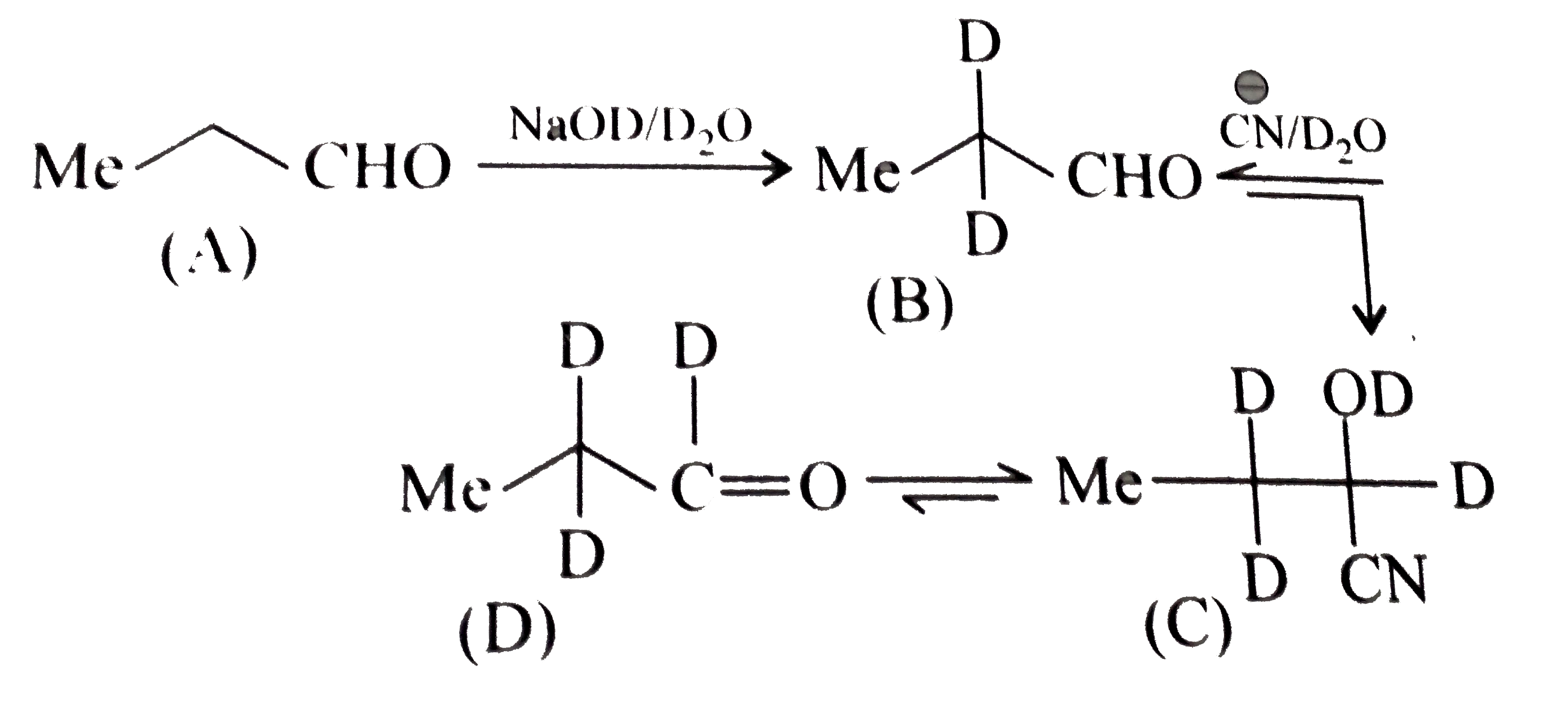
Video Solution
Text Solution
Two α-H atoms in (A) are exchanged with two D atoms to give (B).
a. 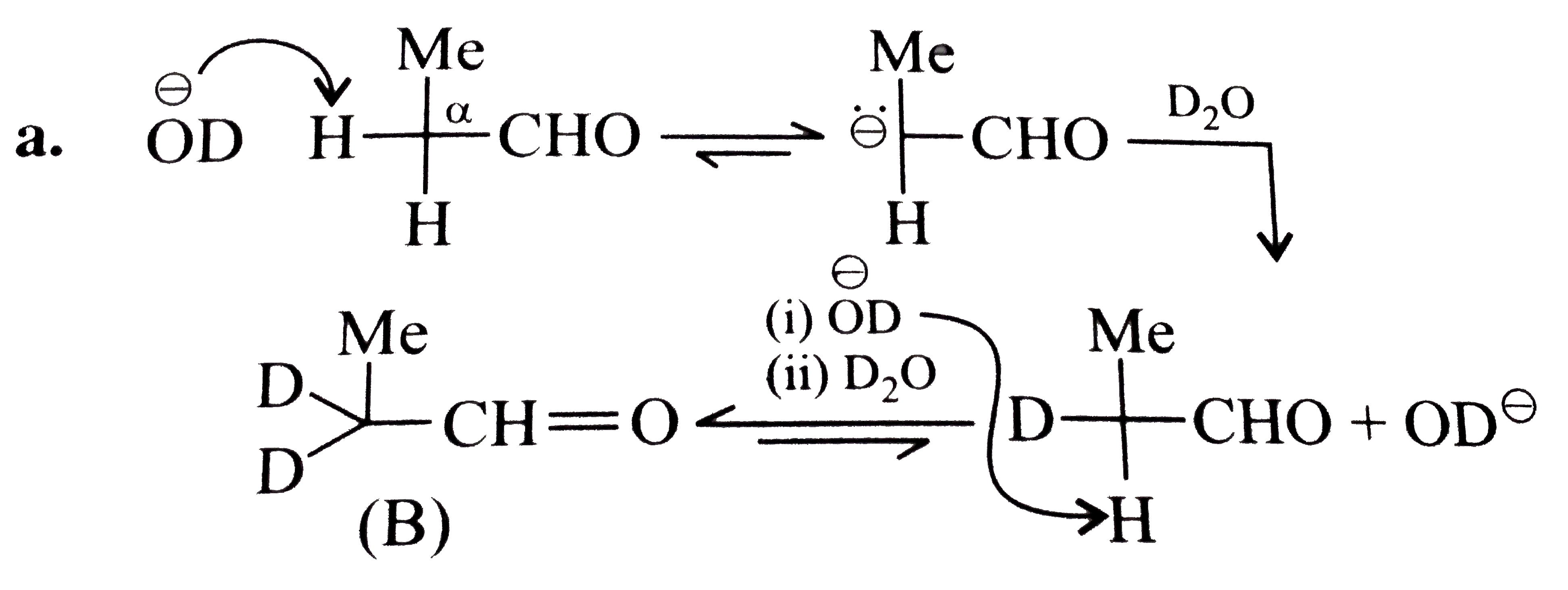
b. With CNΘ/D2O, nucleophilic addition reaction of aldehydes occurs.
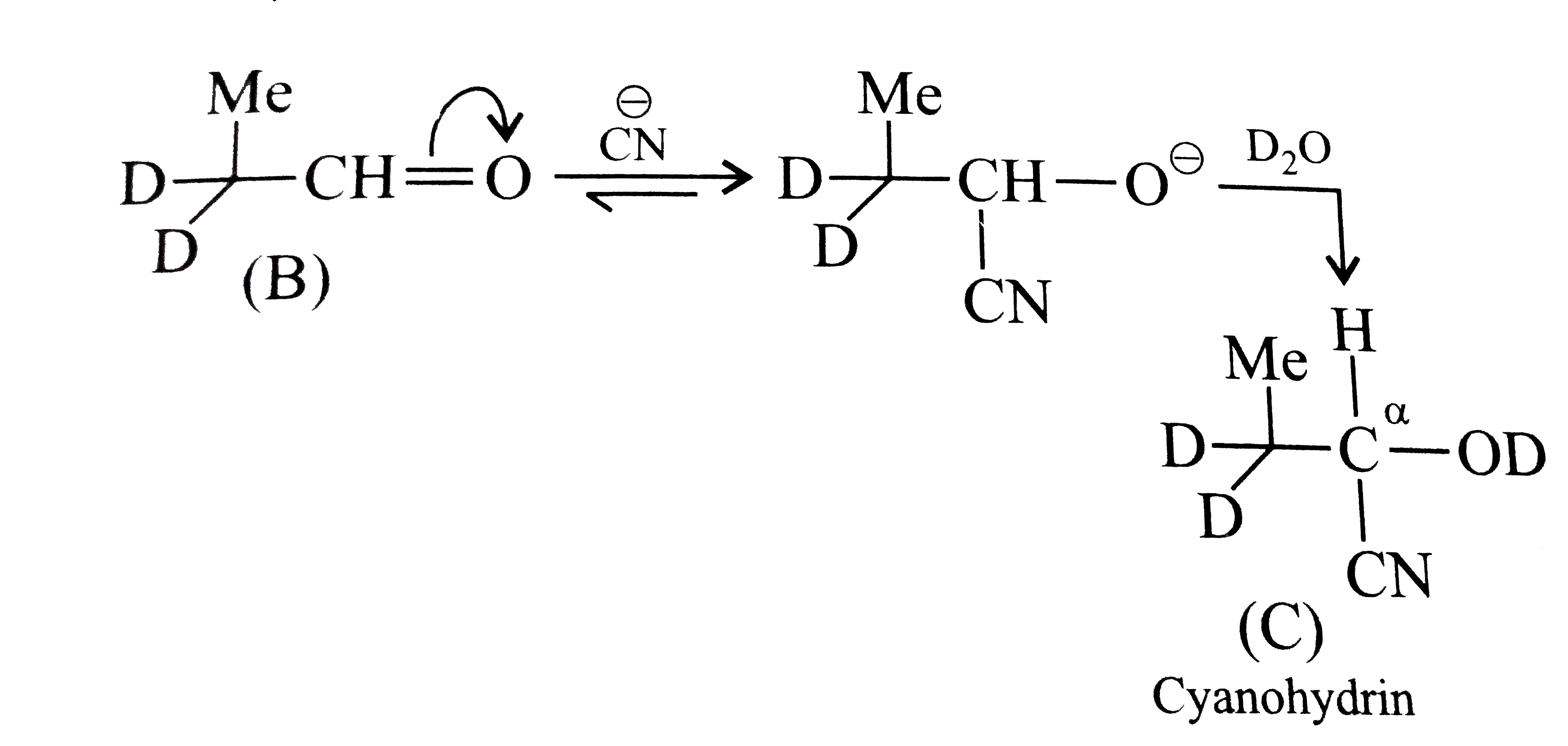
c. The (CN) group in (C ) acidifies its α-H atom which happens to aldehydic H. This (H) is exchanged by

|
Topper's Solved these Questions
- ALIPHATIC AND AROMATIC ALDEHYDES AND KETONESBOOK - CENGAGE CHEMISTRY ENGLISHCHAPTER - ALIPHATIC AND AROMATIC ALDEHYDES AND KETONESEXERCISE - Exercises Subjective
52 Videos
- ALIPHATIC AND AROMATIC ALDEHYDES AND KETONESBOOK - CENGAGE CHEMISTRY ENGLISHCHAPTER - ALIPHATIC AND AROMATIC ALDEHYDES AND KETONESEXERCISE - Exercises Concept Application
20 Videos
- ALIPHATIC AND AROMATIC ALDEHYDES AND KETONESBOOK - CENGAGE CHEMISTRY ENGLISHCHAPTER - ALIPHATIC AND AROMATIC ALDEHYDES AND KETONESEXERCISE - Archives Subjective
26 Videos
- ALCOHOL,PHENOL AND ETHERSBOOK - CENGAGE CHEMISTRY ENGLISHCHAPTER - ALCOHOL,PHENOL AND ETHERSEXERCISE - Archives Analytical And Descriptive
15 Videos
- APPENDIX INORGANIC VOLUME 2BOOK - CENGAGE CHEMISTRY ENGLISHCHAPTER - APPENDIX INORGANIC VOLUME 2EXERCISE - Short Answer Type
179 Videos
Similar Questions
Knowledge Check
What are A,B and C in the given reaction?
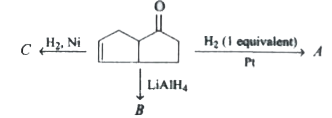 A
A B
B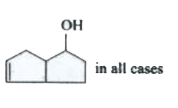 C
C D
D
Explain the formation of the compound in the following reaction.
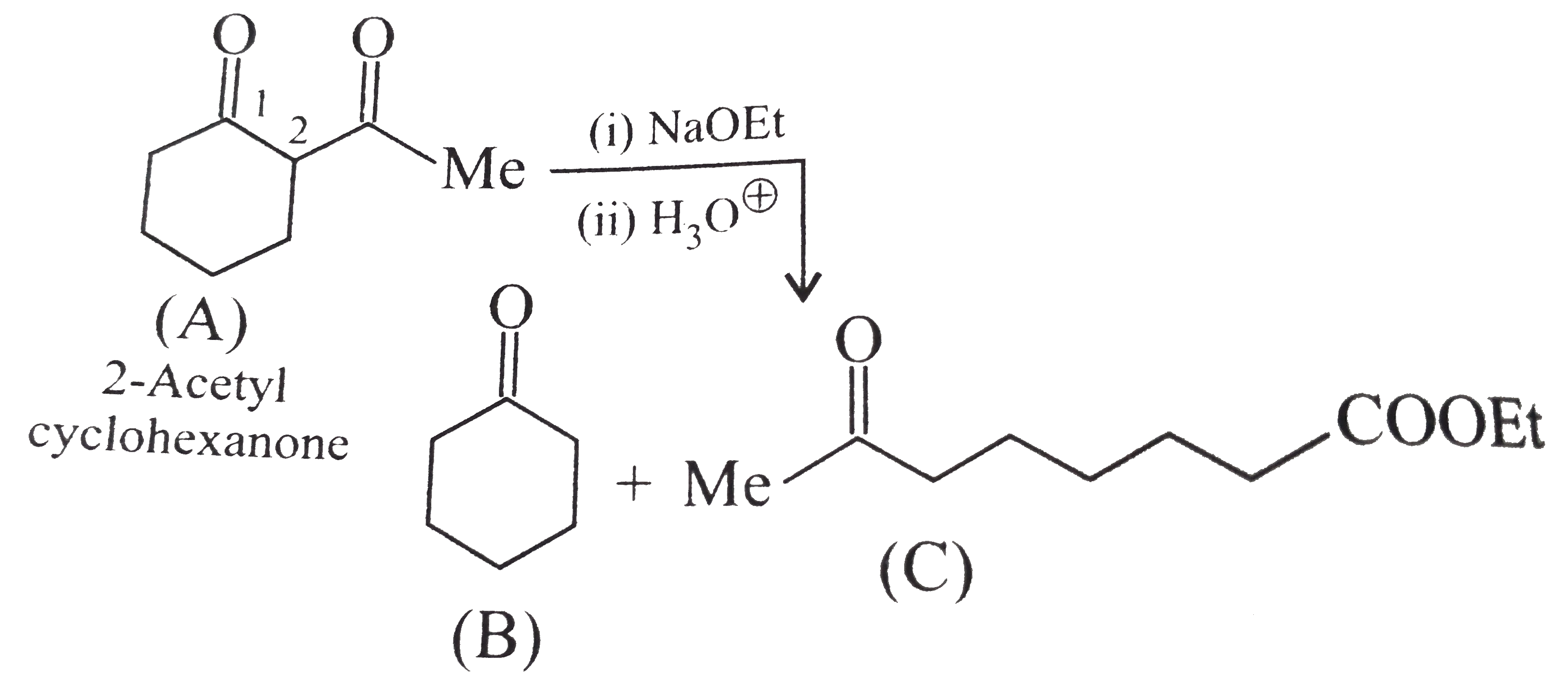 .
.
View Solutiona.

Identigy (B) and (C) and also explain the formation of C14(C∗) in the compound (C).
View SolutionExplain the formation of C2H2 molecule.
View SolutionWrite the structures of A, B, C and D in the following reactions :

View Solutiona.
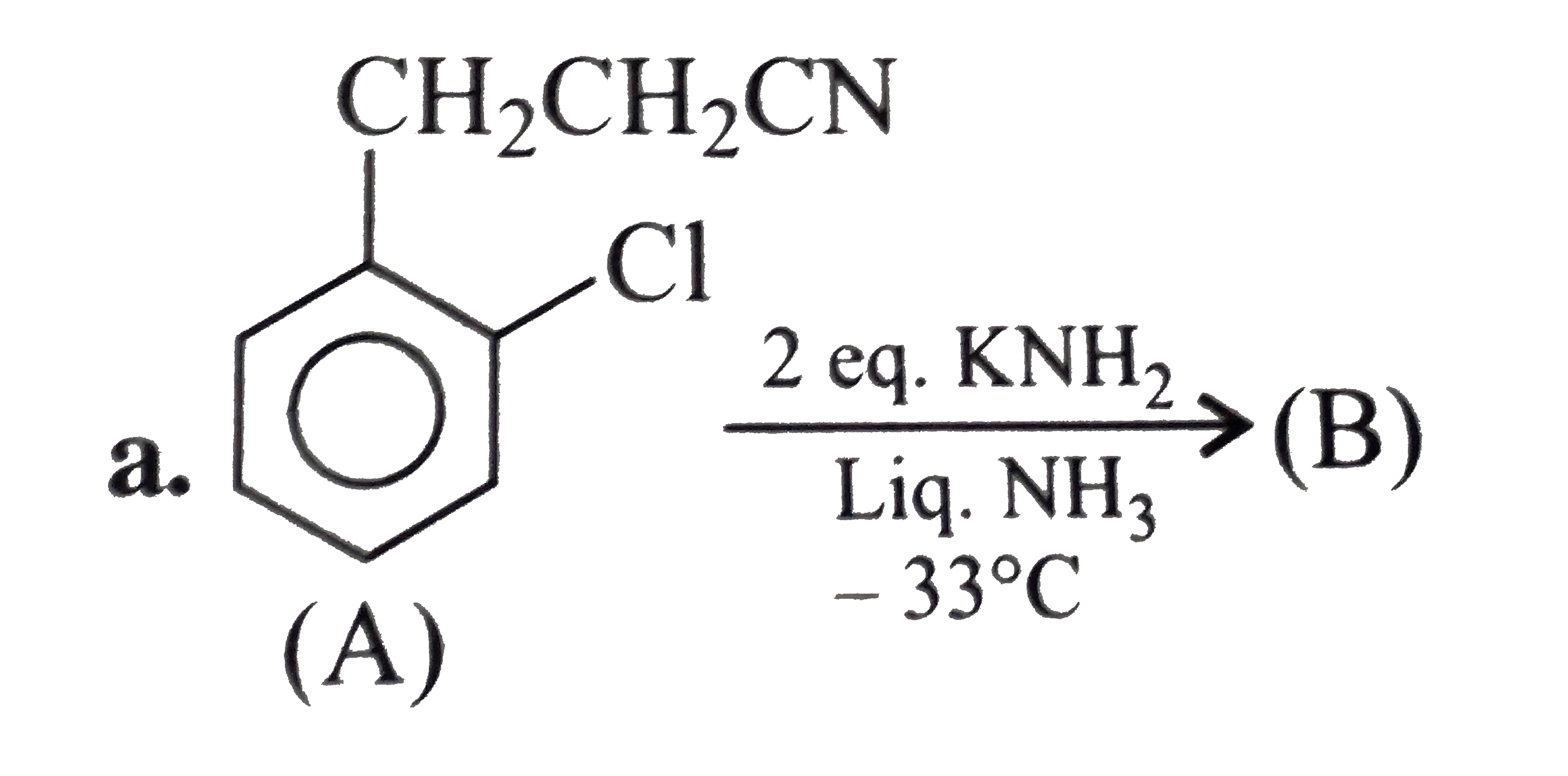
b.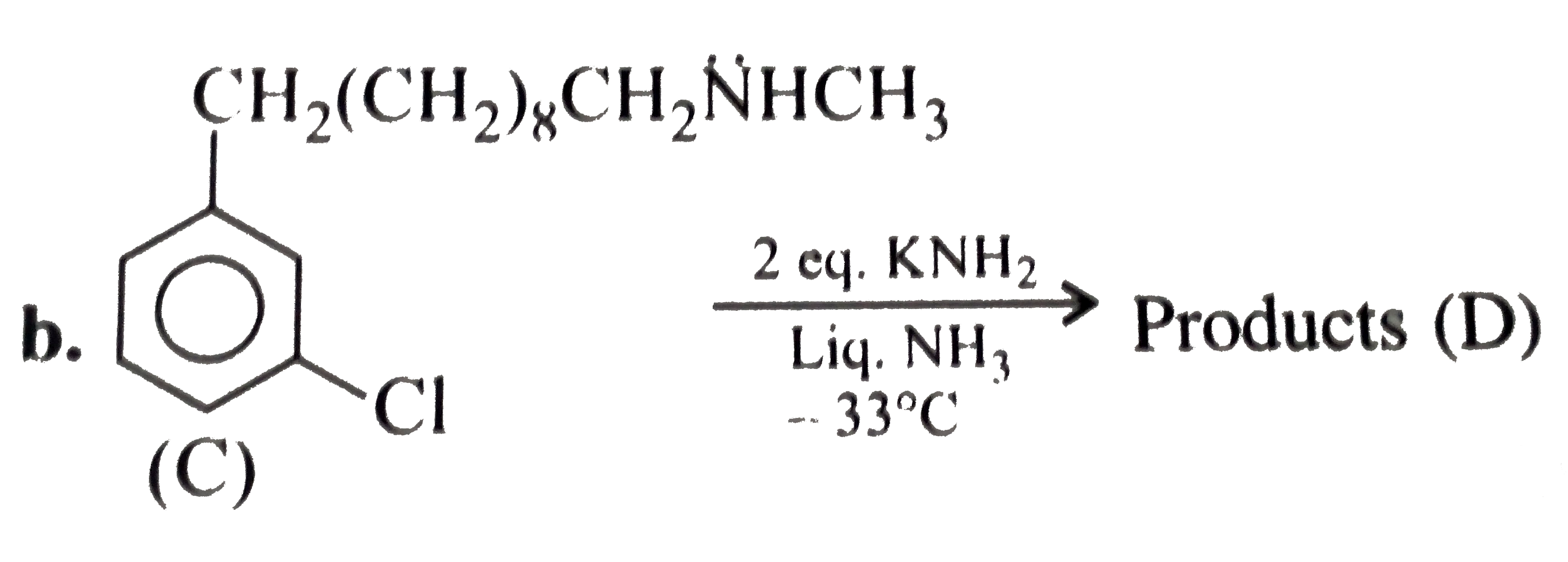
The formation of (D) form (C ) proceeds via the formation of which of the following intermediate species ?
View SolutionExplain the formation of the products giving the structures of the intermediates.
a.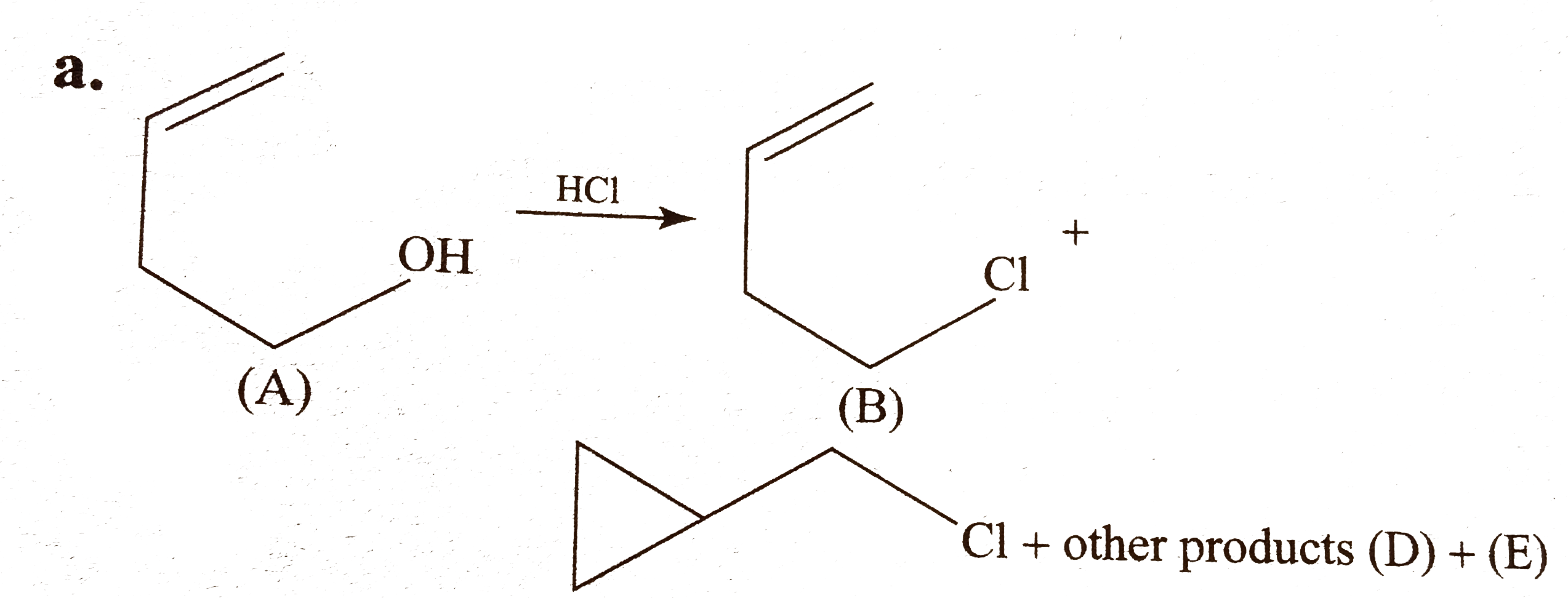
b.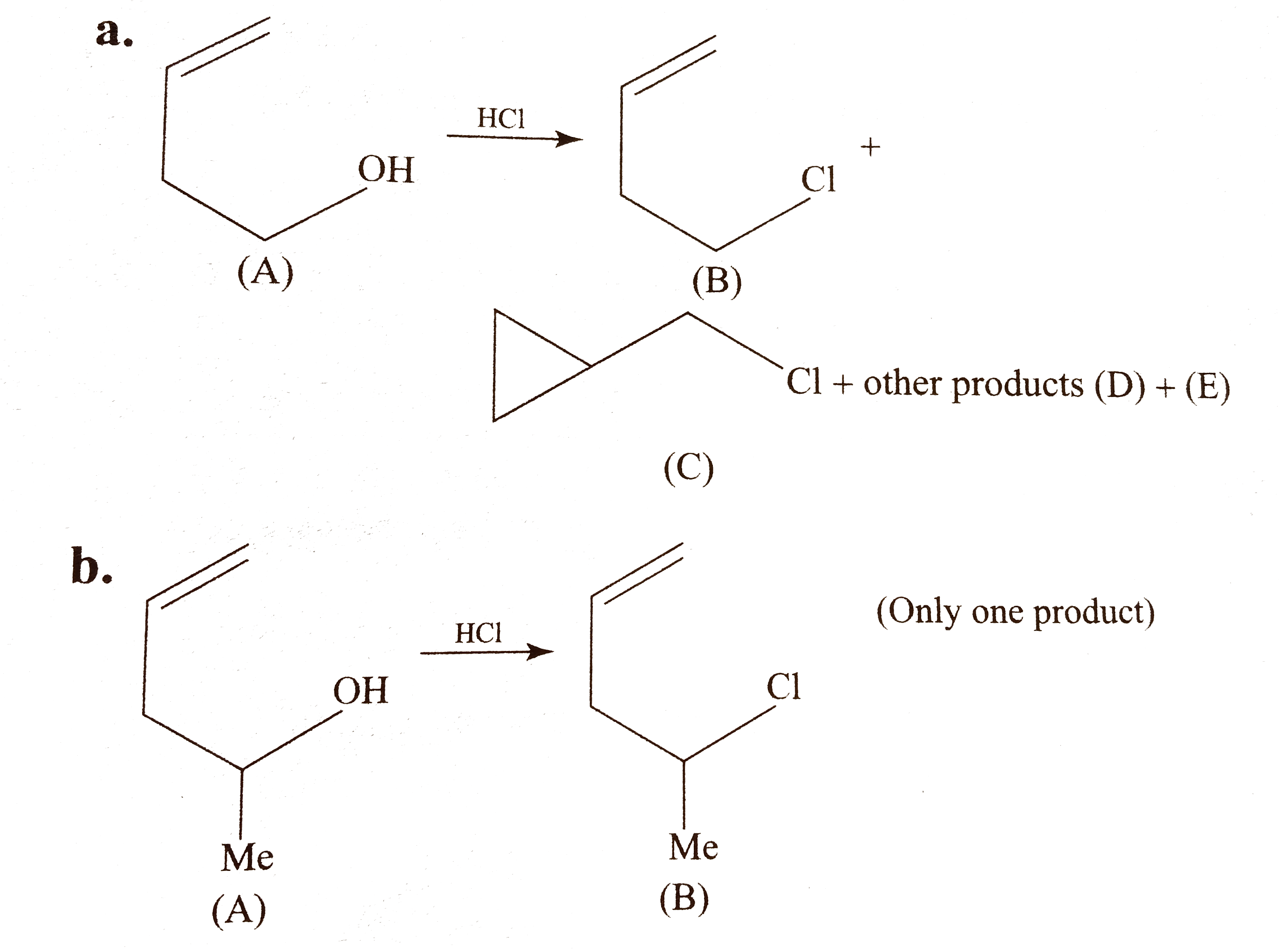
View SolutionExplain the formation B and C, optically pure different isomers form (A) via SN1
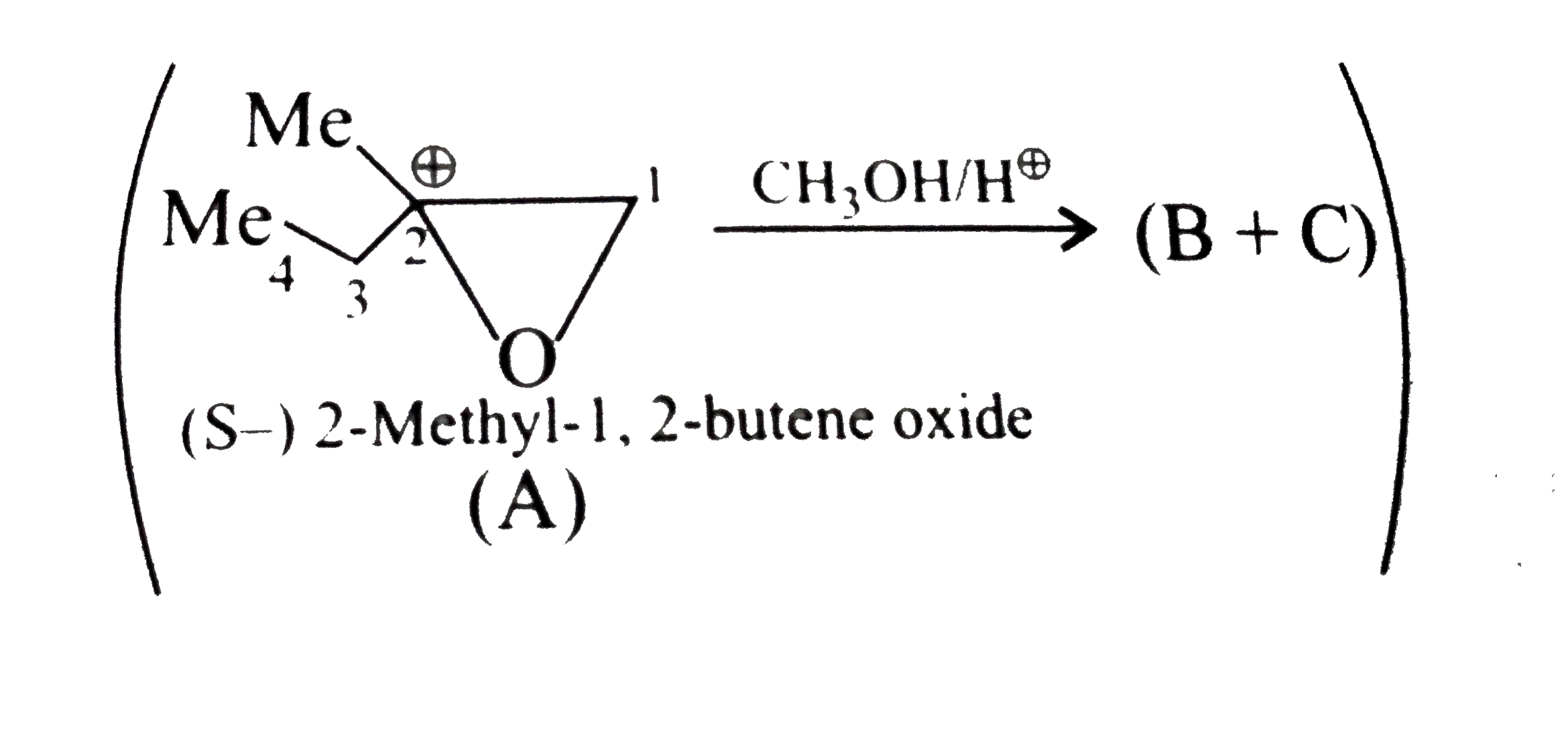
View Solution

